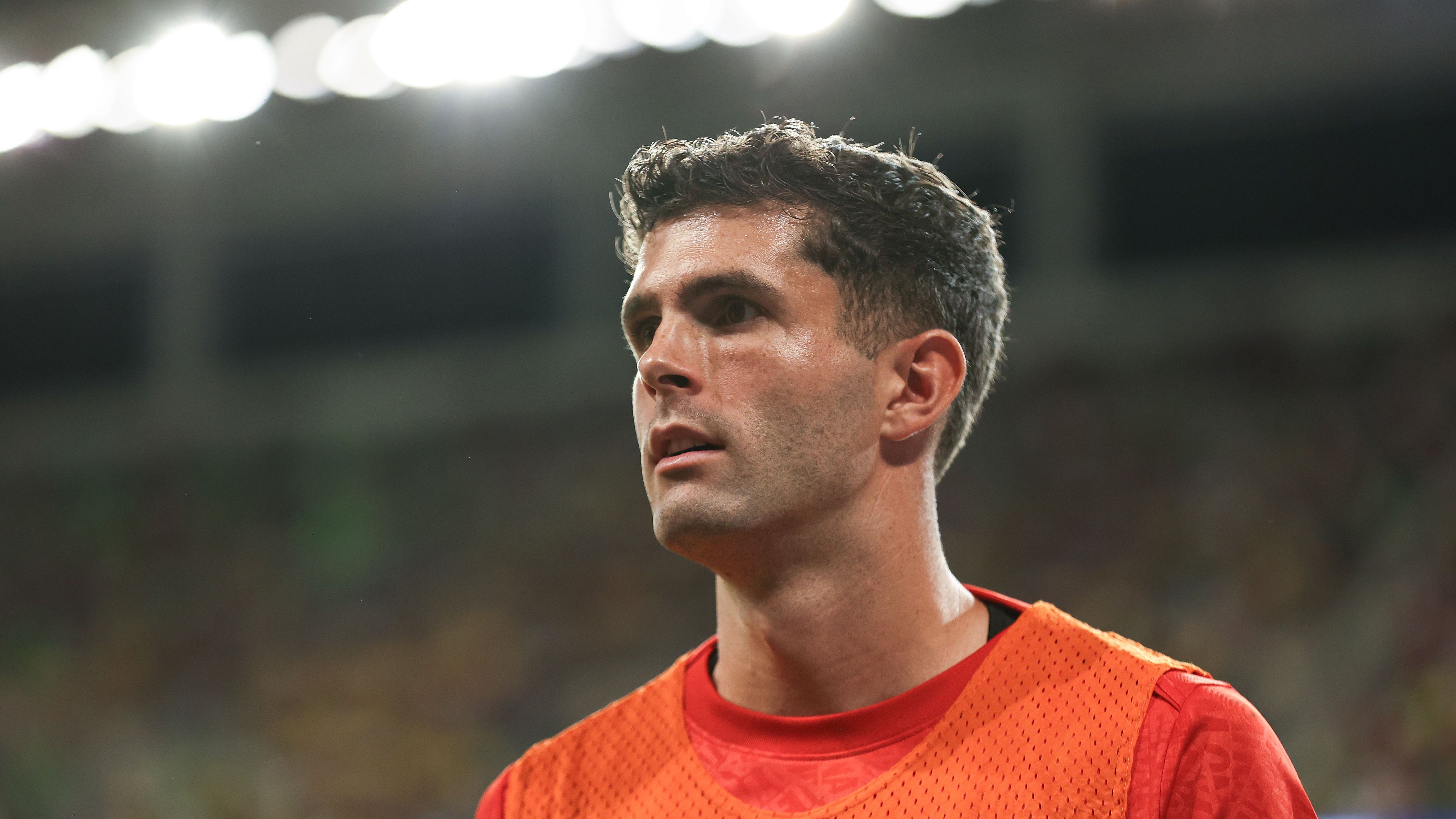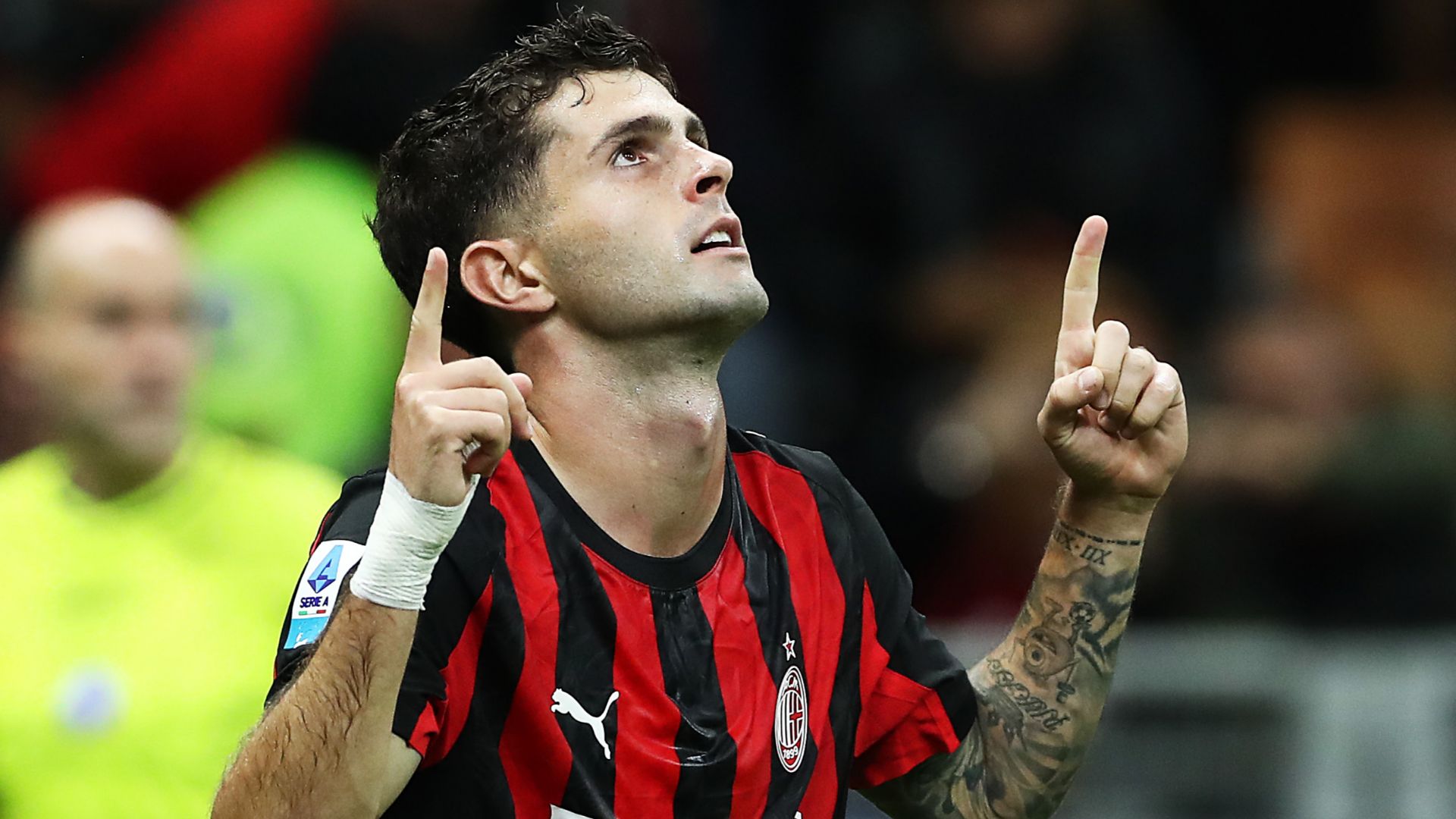



Tim Howard Raises Alarms Over Pulisic’s Injury and USMNT Commitments
In a fresh take on the ongoing debate surrounding Christian Pulisic‘s injury, former USMNT star Tim Howard highlights the critical need for the player and his coach to assert their priorities amid potential conflicts with AC Milan. This situation underscores the delicate balance between club obligations and international duties, especially as the team gears up for future global competitions.
Howard’s Call for Assertiveness in Pulisic’s Recovery Process
Tim Howard strongly urges that Christian Pulisic and his manager, Mauricio Pochettino, should firmly resist any reluctance from AC Milan to allow the player’s return to national team activities once he regains full health. Drawing from Howard’s comments on the Unfiltered Soccer podcast, he interprets statements from AC Milan’s side as strategic maneuvers to sideline Pulisic from upcoming internationals.
Interpreting Club Statements and Player Advocacy
Howard points out how AC Milan’s remarks, attributed to their coaching staff, appear to lay groundwork for excluding Pulisic from selection. In response, he envisions Pulisic and Pochettino countering with determination, affirming the player’s readiness and commitment to represent the USMNT despite recovery timelines.
Pulisic’s Influence and Importance to US Preparations
Emphasizing Pulisic’s stature, Howard argues that the forward wields significant influence at AC Milan, making him capable of championing his involvement in key November fixtures. These games are essential for the US team’s ongoing efforts to build momentum toward the World Cup, where Pulisic’s contributions could prove decisive.
Potential Scenarios and Player Leverage
Howard warns against a scenario where Pulisic might recover in time for club matches but then opt out of international ones, labeling it as unacceptable for US interests. He praises Pulisic’s elite status in Serie A and as the premier American talent, insisting that this standing empowers him to prioritize national call-ups over club preferences, even if it stirs controversy.
Details of Pulisic’s Injury and Its Implications
Following the October international window, AC Milan announced that Christian Pulisic will be sidelined for a minimum of three weeks due to a minor hamstring injury, with a projected return around November 23. Throughout this season, the 27-year-old has been a standout performer for the club, playing a key role in scoring efforts across various tournaments, including six goals in Serie A outings.
AC Milan’s Outlook on Player Availability
The club’s management has indicated that both Pulisic and teammate Adrien Rabiot are unlikely to feature before the next break, aiming instead for their full return later in November to ensure peak condition. This approach reflects a common strategy among top clubs to safeguard assets for domestic campaigns.
Impact on USMNT Schedule
Should Pulisic adhere to this recovery plan, he would likely sit out the US team’s friendly encounters with Paraguay on November 15 and Uruguay on November 18. Despite this, Pulisic has already featured in six matches for his country this year, highlighting his consistent dedication to the national side.
Tim Howard’s Concerns Over Christian Pulisic’s Injury
The Context of Christian Pulisic’s Injury
When it comes to USMNT star Christian Pulisic, injuries can have a ripple effect across both club and international soccer. Recently, Pulisic suffered a setback that sidelined him from key matches, sparking discussions among fans and former players alike. As a forward for AC Milan, Pulisic’s role is crucial not just for his club but also for the USMNT, where he often leads the charge in high-stakes games. This injury highlights the ongoing challenges soccer players face with physical demands, especially when balancing club commitments with national team duties.
Experts in soccer discuss how injuries like Pulisic’s can stem from the grueling schedule of top-tier leagues and international fixtures. For instance, overuse or minor knocks during matches can escalate quickly, affecting a player’s availability for events like World Cup qualifiers. Pulisic’s injury, which might involve muscle strains or joint issues common in fast-paced play, underscores the need for better player management in professional soccer.
- Common injury types in soccer: Strains, sprains, and fatigue-related issues are prevalent, with data showing that forwards like Pulisic are at higher risk due to their high-intensity movements.
- Impact on player performance: Recovery time can vary, but it often means missing several weeks of action, which directly influences team strategies for both AC Milan and the USMNT.
- Pulisic’s history: He’s dealt with similar setbacks in the past, making this a recurring concern for USMNT fans who rely on his skills for success in international competitions.
Tim Howard’s Reaction and Its Significance
Tim Howard, the former US goalkeeper and a vocal advocate for American soccer, recently shared his thoughts on Pulisic’s injury, stating, “This can’t happen to the U.S.” His words reflect a broader worry about how injuries to key players like Pulisic could jeopardize the USMNT’s future prospects. Howard, known for his insightful commentary on soccer topics, pointed out the potential long-term effects on team morale and performance, emphasizing that the USMNT needs its stars healthy to compete on the global stage.
In discussions around soccer injuries and USMNT strategies, Howard’s perspective adds value because of his firsthand experience as a player who faced similar pressures. He argues that incidents like this could weaken the national team’s stance in negotiations with clubs, urging better communication between organizations to prioritize player welfare. For USMNT enthusiasts, Howard’s comments serve as a reminder of the human element in professional sports, where athletes like Pulisic are more than just statistics-they’re essential to building a competitive squad.
- Key quotes from Howard: He highlighted risks like “overloading players with fixtures,” which could lead to more injuries if not addressed, drawing from his own career highlights in the Premier League and World Cups.
- Why this matters for US soccer: Howard’s concerns align with trends in international soccer, where player health is increasingly tied to national team success, as seen in recent tournaments.
- Broader implications: This conversation could influence how coaches and managers approach training and rest periods, potentially leading to policy changes in leagues worldwide.
AC Milan’s Potential Stance on USMNT Commitments
Delving into club dynamics, AC Milan’s approach to Pulisic’s injury raises questions about their potential stance on USMNT call-ups. Italian clubs like AC Milan often prioritize their own competitions, such as Serie A and the Champions League, which might lead to hesitance in releasing players for international duties. This creates a classic club vs. country dilemma, where teams weigh the risks of injury against the benefits of national representation.
Soccer experts note that clubs sometimes push back on international commitments, especially when players are recovering, as seen in past cases involving other stars. For AC Milan, protecting Pulisic could mean limiting his involvement in USMNT friendlies or qualifiers to ensure he’s fit for club matches. This stance isn’t unique-many European clubs adopt similar policies to safeguard their investments, but it could strain relations with national teams like the USMNT.
- Factors influencing AC Milan’s decisions: Contract obligations, upcoming fixtures, and player fitness reports play a role, with coaches potentially using medical data to justify holding back players.
- Historical precedents: Other clubs have negotiated with FIFA over international breaks, showing how Pulisic’s situation fits into larger soccer governance debates.
- Potential outcomes for USMNT: If AC Milan takes a firm stance, it might force the USMNT to adapt their lineup, highlighting the need for depth in key positions like attacking midfield.
The Bigger Picture: Injuries and Soccer Strategy
Exploring the intersection of player health and team strategy, it’s clear that injuries like Pulisic’s affect not just individuals but entire lineups. In soccer circles, discussions often revolve around preventive measures, such as enhanced training regimens or better scheduling. For the USMNT, this means scouting talent that can step up in Pulisic’s absence, ensuring the team remains competitive in qualifiers and tournaments.
Rehabilitation strategies are another key aspect, with modern techniques like personalized recovery plans gaining traction. Howard’s advocacy pushes for these innovations, stressing that the U.S. must evolve its approach to match global standards. Fans can stay engaged by following updates on player statuses, which often appear in soccer news feeds.
- Emerging trends in injury prevention: Technologies like wearables and AI-driven analytics are helping teams monitor player fatigue, potentially reducing incidents like Pulisic’s.
- USMNT’s response options: Coaches might focus on youth development or tactical shifts to mitigate risks, keeping the team’s soccer strategy flexible.
- Fan perspectives: Many supporters echo Howard’s sentiments, using social media to discuss how these issues impact their passion for US soccer.
How This Relates to USMNT’s Future
When examining USMNT’s long-term goals, Pulisic’s injury and Howard’s comments highlight vulnerabilities in the team’s structure. Soccer analysts suggest that building a robust support system for players could prevent similar concerns, with Howard advocating for stronger advocacy from former players. This ongoing dialogue keeps the conversation alive, encouraging stakeholders to prioritize health alongside performance.
In related soccer developments, maintaining player availability is crucial for events like the upcoming World Cup cycles. Howard’s insights provide a roadmap for addressing these challenges, blending his experience with a call for proactive measures.
- Strategic recommendations: Teams could implement rotation policies or collaborate with clubs for better rest periods, drawing from successful models in other sports.
- The role of media and fans: Coverage of these topics helps raise awareness, with resources like soccer podcasts offering deeper dives into player welfare.
- Looking ahead: As the USMNT prepares for future fixtures, scenarios like this could shape selection processes, emphasizing resilience and depth in the squad.









